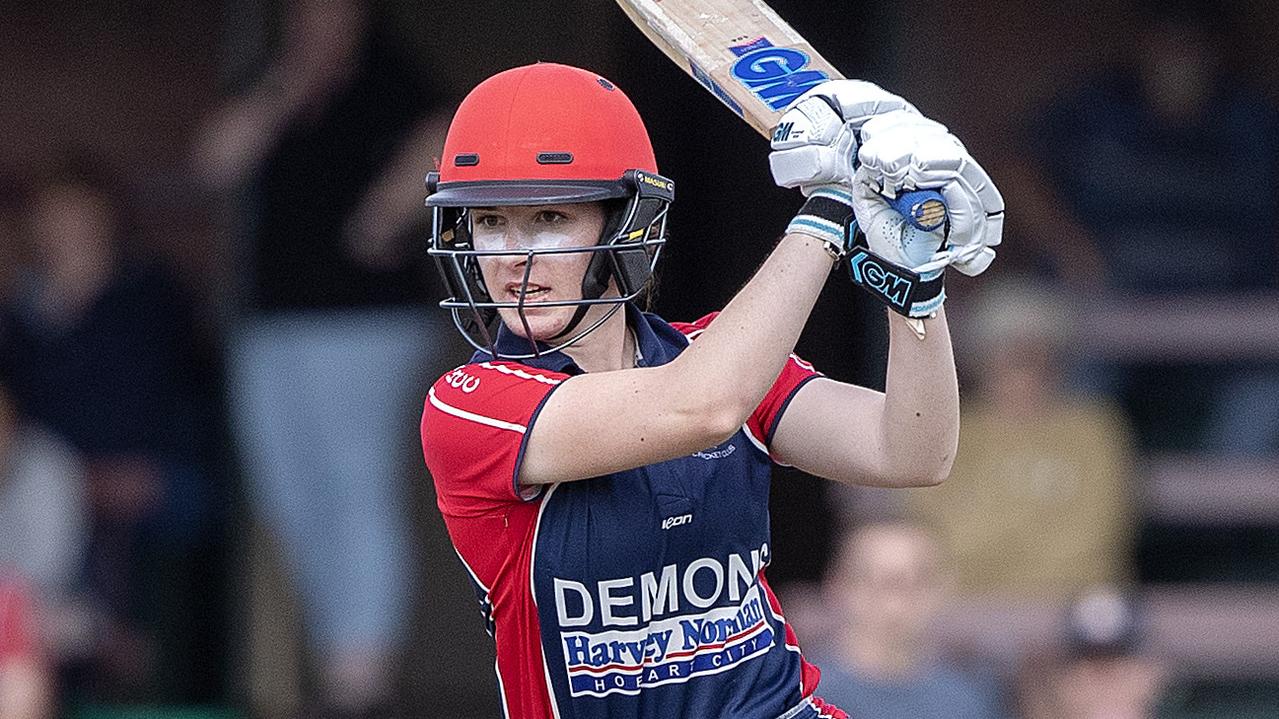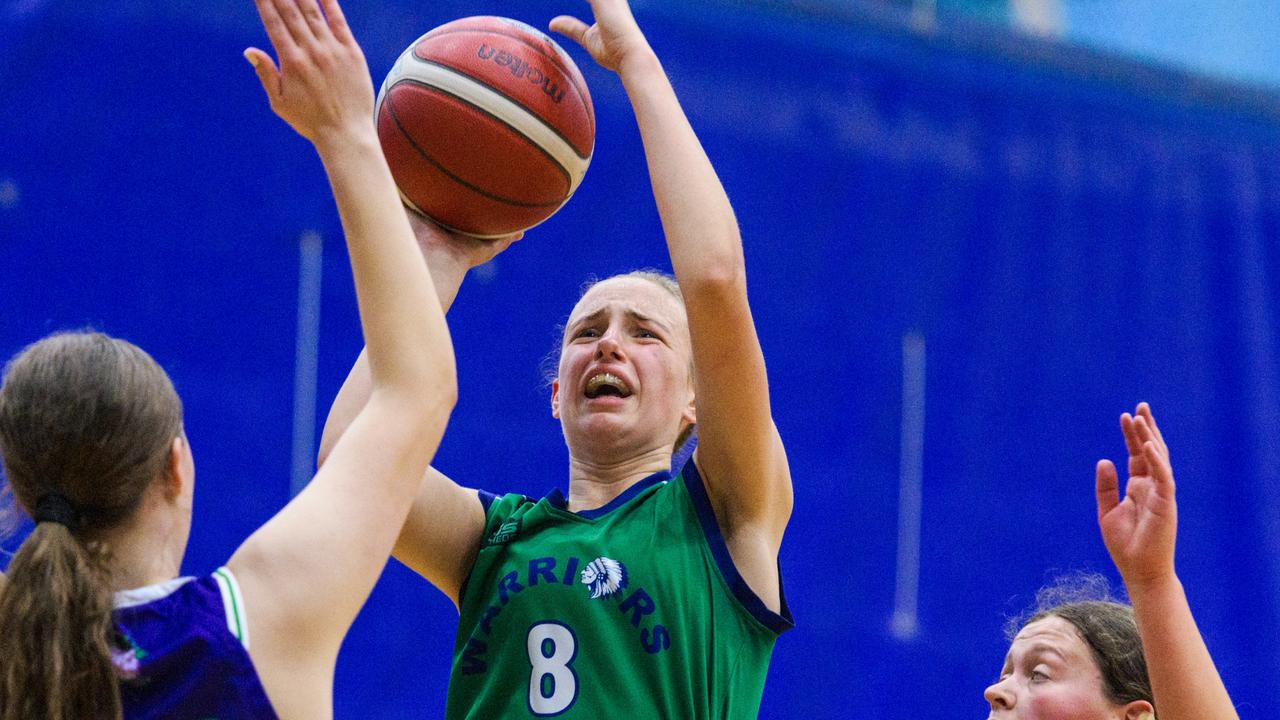Tasmania’s basketball facilities have not kept up with rising demand, and Basketball Tasmania wants it fixed
REVEALED: The site for a new $25m basketball hub in Hobart as a JackJumpers-driven surge in the game’s popularity has Tasmanian facilities bursting at the seams. Here’s how many new courts are needed and where the projects are wanted.
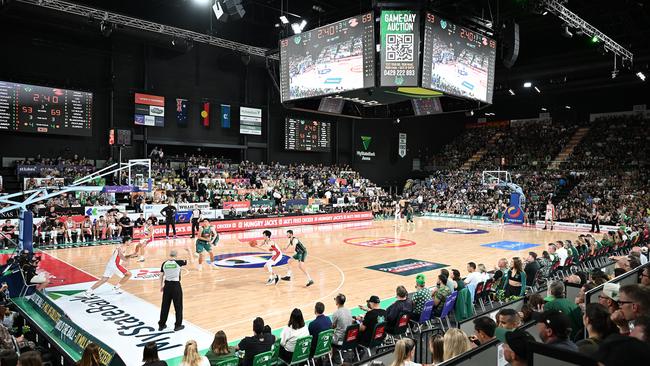
Sport
Don't miss out on the headlines from Sport. Followed categories will be added to My News.
A flood of new players has the state’s courts bursting at the seams and Basketball Tasmania is calling for an infrastructure overall to address the “severe shortage in adequate facilities” inluding a new $25m hub in Hobart.
The success of the JackJumpers, the 2024 NBL champion, and huge support for Tasmania’s flagship team has seen numbers jump in junior ranks across the state in recent years.
New data in the state governing body’s State Facilities Strategy for 2025-2035 revealed 31 new courts were needed to meet the current demand, 16 of which are in Greater Hobart.
The strategy revealed there was an average annual participation growth of 12 per cent year on year since 2020.
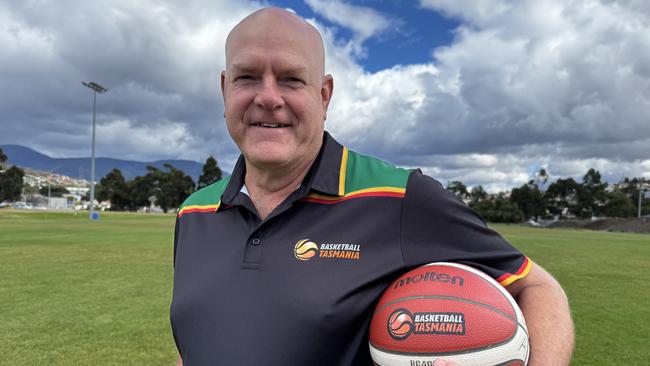
Basketball Tasmania boss Ben Smith said the sport can’t keep up with demand.
“We’ve seen the excitement for basketball reach new heights in Tasmania,” Smith said.
“But without a shift in investment, we risk missing out on the chance to truly capitalise on this growth.
“We must provide clubs with the infrastructure they need to thrive.”
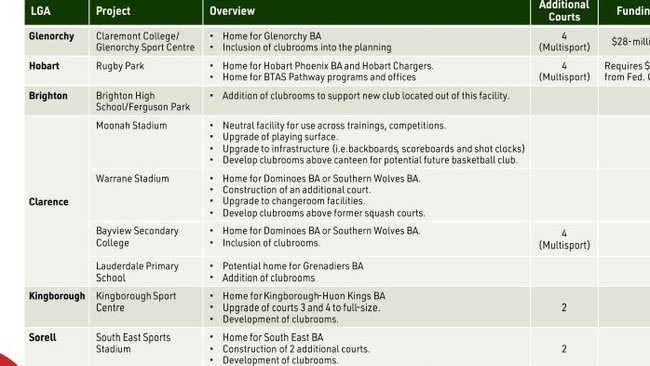
Basketball participation grew by 22 per cent in the state’s north-west and 11 in the north.
“In the south it was only 2 per cent and we think there is a direct correlation between basketball court access and participation growth,” Smith said.
“The interest is there, but we can’t service that interest if we haven’t got courts to put kids on.”
Smith said the long-term under-investment in basketball facilities revealed that over two-thirds of Tasmanian players were engaged in the sport at clubs without dedicated clubrooms.
“The lack of homes for basketball is one of the greatest challenges we face,” Smith said.
“We currently have only 13 courts in the pipeline — Elphin, Claremont, Devonport and Rugby Park with Federal support — but progress is not keeping up with the urgency of the situation.
“This strategic framework is not just a call to action, it’s a call to secure the future of basketball in Tasmania.”
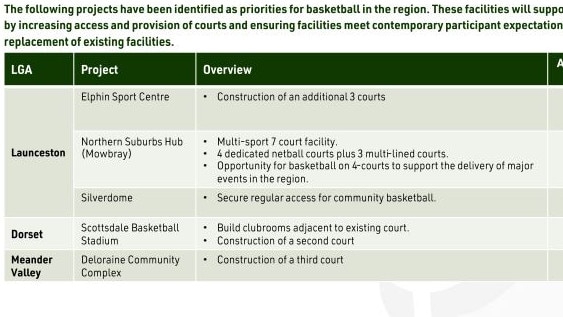
The Hobart City Council nominated a part of its land at Rugby Park for the basketball build.
“We understand the desperate need for this type of facility in the City of Hobart, because we don’t have any public indoor courts in the City of Hobart,” said Neil Noye,
“That’s a real concern for the council, so we have identified this parcel of land for such a facility and we have worked with Rugby Tasmania to have it made available for a basketball facility.”
Basketball Tasmania has been proactive in its outreach, running more than 286 school sessions and initiatives aimed at increasing the number of coaches and referees statewide.
Participation Programs Lead, Danyon Saville, emphasised the significance of the surge.
“The 88 percent growth in Ford Aussie Hoops participation reflects a strong demand for basketball,” he said.
“This growth is critical for the long-term sustainability of clubs across Tasmania.”


